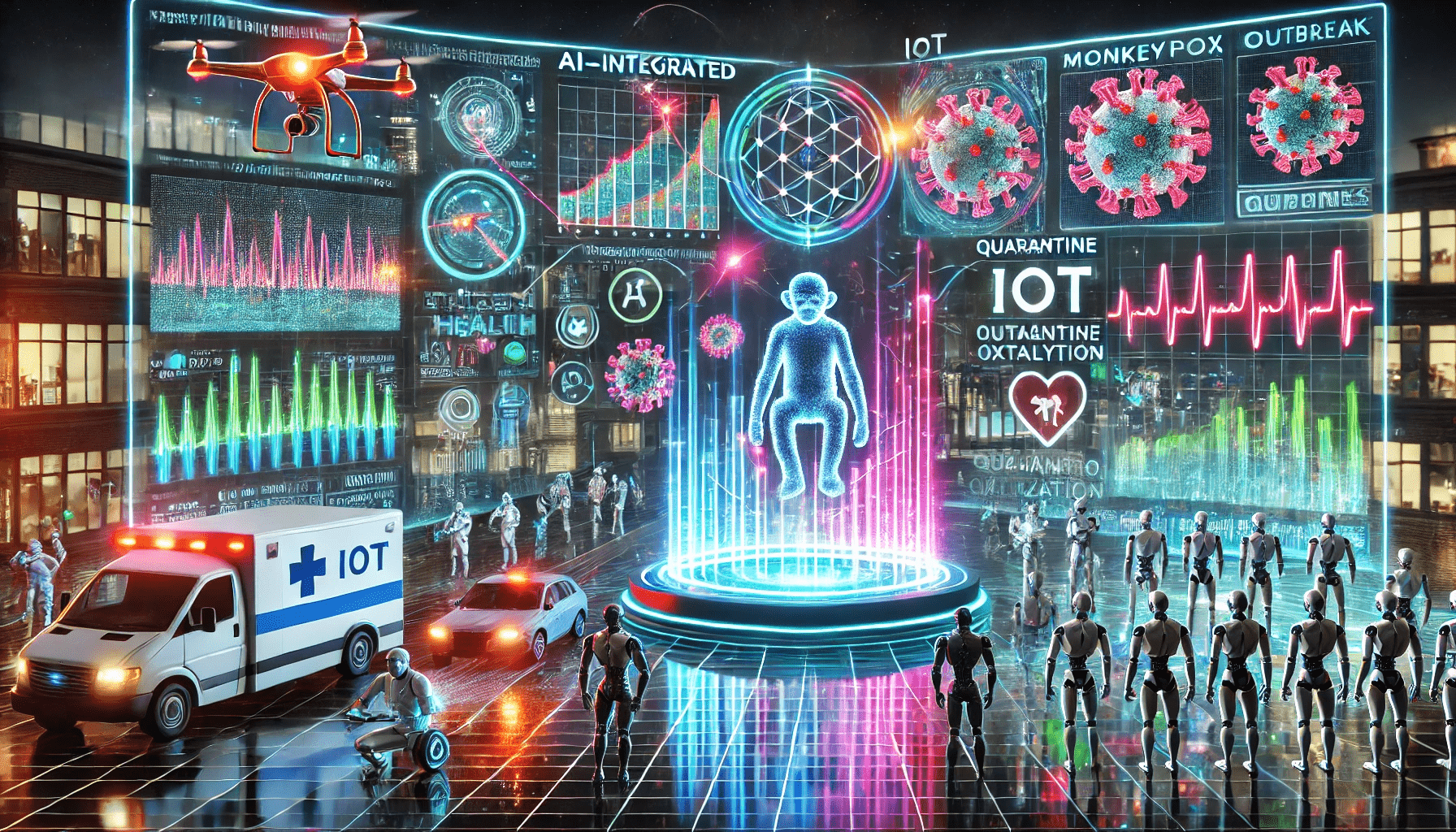Recent outbreaks of monkeypox have triggered global health concerns, prompting experts to explore innovative ways to manage and control its spread. One promising solution lies in the use of Internet of Things (IoT) technology. By enabling real-time monitoring, data collection, and efficient communication, IoT is reshaping the landscape of public health.
The Problem with Monkeypox
Monkeypox, a zoonotic virus, shares many characteristics with smallpox but is generally less severe. The challenge lies in its ability to spread through direct contact, making swift identification and isolation of cases crucial. Traditional methods of tracking and response often lag, leading to delays in containment.
How IoT Offers a Solution
IoT technology creates a network of interconnected devices capable of capturing and sharing data in real-time. This capability can be harnessed to improve disease surveillance and outbreak management in several ways:
- Health Monitoring in Real-Time
Wearable devices equipped with sensors track vital signs like body temperature and pulse. Any irregular readings can trigger alerts to health authorities, allowing for timely intervention. - Efficient Contact Tracing
Using IoT, mobile devices can log interactions between people, which becomes essential when tracking exposure to an infected individual. Additionally, IoT-enabled quarantine systems can monitor and ensure isolation measures are followed. - Remote Monitoring for Safety
With IoT, healthcare professionals can supervise patients remotely, minimizing direct contact and reducing transmission risks. This approach is particularly beneficial in isolating patients or monitoring those under quarantine. - Advanced Data Collection and Insights
IoT systems continuously gather large volumes of health data, which can be analyzed for trends and predictions. By anticipating potential outbreaks, health authorities can better allocate resources and plan interventions.
Practical Applications of IoT
- Wearable Health Tech: Smartwatches and patches monitor vital signs and issue alerts for abnormalities.
- Digital Health Apps: Government health apps utilize IoT and Bluetooth to track movement and interactions, enabling faster contact tracing.
Challenges to Address
Despite its potential, implementing IoT solutions presents hurdles such as data privacy concerns, the need for reliable infrastructure, and financial costs. It’s essential to tackle these issues to foster trust and ensure the effective use of technology.
A Look Ahead
As we continue to navigate the complexities of infectious disease outbreaks, IoT technology presents a proactive and efficient solution. By allowing real-time health monitoring, facilitating faster interventions, and providing predictive insights, IoT has the potential to transform how we respond to outbreaks like monkeypox.
With continuous advancements and thoughtful implementation, IoT technology can help build a more resilient and responsive public health system, ready to tackle future challenges with greater efficiency and effectiveness.






